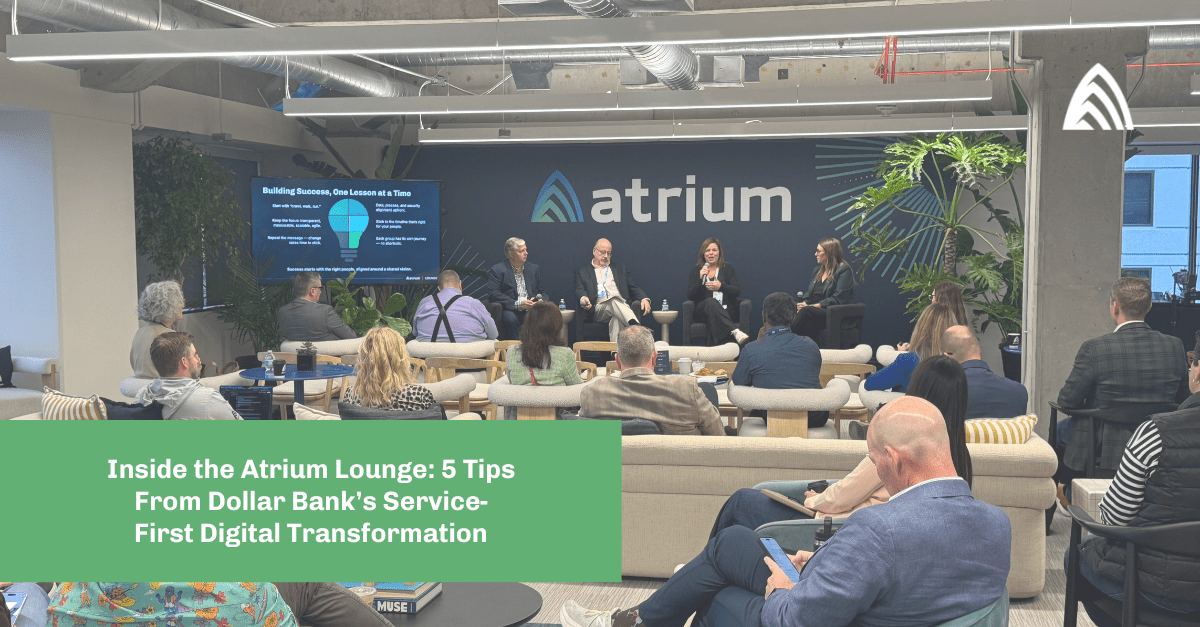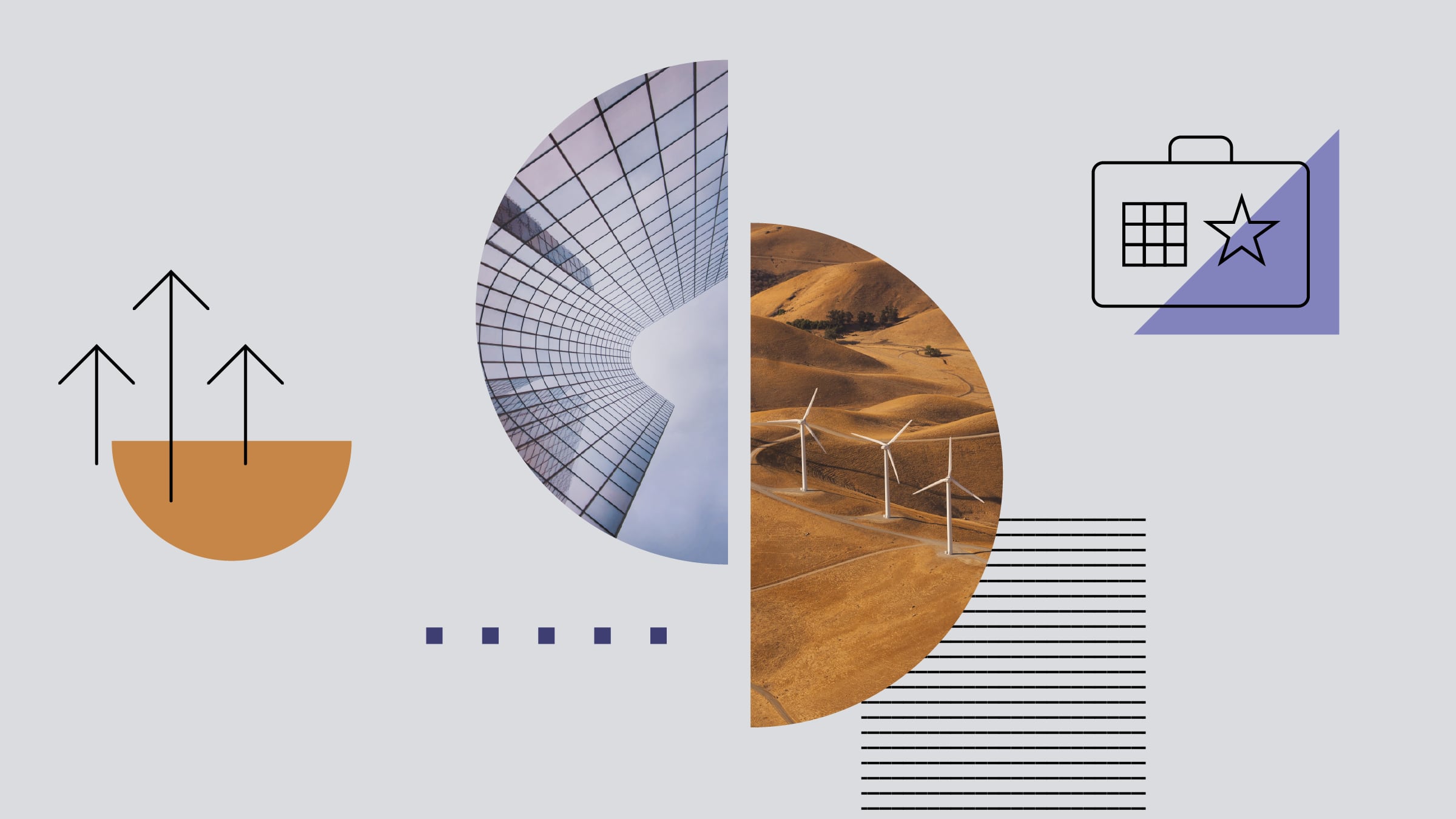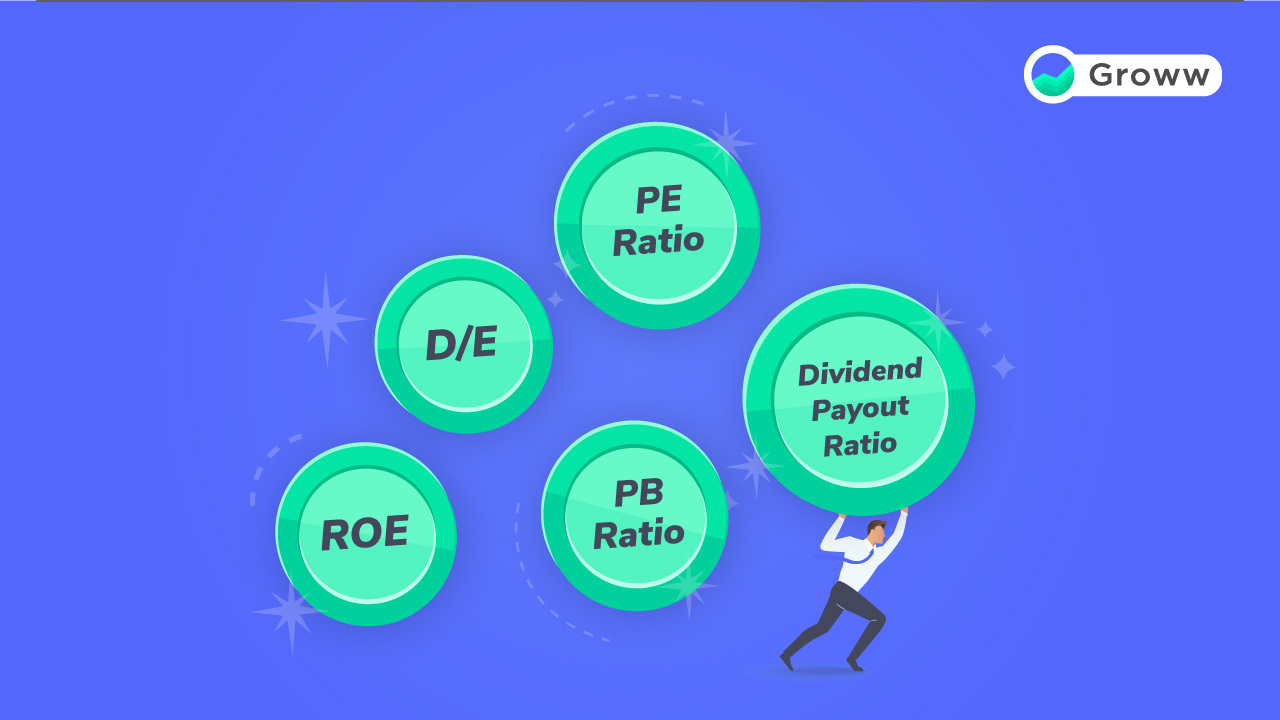What Is Online Banking? Definition and How It Works
:max_bytes(150000):strip_icc()/terms_o_onlinebanking.asp-FINAL-800f5c288d5849b09aa5ddffb292073e1-74110336db1b48f289719c292616823f.jpg)
What Is Online Banking?
Online banking lets you manage your finances anywhere you have a computer or laptop and an internet connection. What you can do online depends on how robust your bank’s digital banking platform is. Generally, you can complete basic banking activities like viewing recent transactions and transferring money between accounts.
While you can also do many of the same banking activities at a physical, brick-and-mortar bank branch, online banking is a convenient alternative for most transactions.
Key Takeaways
- Online banking lets you complete financial transactions on the internet instead of at a bank or credit union. It’s faster, more convenient, and available 24/7.
- Online banking is done from a desktop or laptop, while mobile banking takes place on portable electronic devices like smartphones and tablets.
- Online-only banks are gaining popularity for their comprehensive digital features and better interest rates on deposit accounts. But you may need to visit a brick-and-mortar bank or credit union once in a blue moon.
How Does Online Banking Work?
Online banking lets you make financial transactions from a web browser instead of trudging to the nearest bank. Mobile banking is similar, but it’s digital banking designed for portable electronics with smaller screens, such as smartphones and tablets.
You can access your bank’s online banking system by going to your bank’s website and logging in to your account. Mobile banking is accessible through your bank’s app or mobile-friendly web browser. Brick-and-mortar banks, online-only banks, credit unions, and neobanks all have online banking options.
Also called fintech banks, neobanks aren’t actually banks. Instead, financial technology companies partner with banks to provide alternative money management solutions. Partner banks are often FDIC-insured, so your money is protected up to $250,000. However, always check if the partner bank is an FDIC member to make sure.
Pre-internet, you had to go to the bank during business hours to do almost any banking activity. Even withdrawing money was a hassle, since ATMs only came on the scene in the 1960s. Today, you can easily conduct banking activities 24/7 from anywhere with an internet connection. At home, work, school, or on the street, you can access your bank account through an array of electronic devices.
What You Can Do With Online Banking
Here are the types of things you can do with online banking:
Payments and Transfers
- Transfer money to internal or external bank accounts
- Send domestic or international wire transfers
- Send money to others via Zelle or other payment platforms
- Pay bills
- Schedule future payments for people and bills
Manage Finances
- Check account balances
- View transaction history
- Download account statements
- Set up account alerts for balances falling below a dollar value or purchases over a certain amount
Be sure to use a secure internet connection to access your account. Logging in while on public wifi or an unsecured network could reveal private information to hackers.
Manage Your Debit Card and Account
- Freeze or lock your card
- Request a card replacement
- Update your address
- Monitor and manage fraud alerts
- Notify your bank of travel dates
Saving and Budgeting
- Open new accounts
- Set up savings goals
- Use budgeting tools
- Analyze your spending
Manage Credit and Loans
- Make and track payments and balances
- Track your credit score, if credit monitoring is included
Even if you mostly do online banking, it can be a good idea to maintain a bank account at a brick-and-mortar financial institution. You may find yourself needing to visit a branch for things like:
- Getting a cashier’s check quickly for a used car down payment.
- Completing a wire transfer for a home down payment because it exceeds your account’s online daily wire transfer limit.
- Depositing a check that wasn’t accepted for mobile banking.
Digital check deposits are generally only available with mobile banking. Business checking accounts may have remote deposit capture, sometimes for an added fee.
Pros and Cons of Online Banking
Online banking is embraced by many people because of how convenient it usually is, even if it lacks some features, like cash deposits. You also tend to get the best interest rates for deposit accounts (checking, savings, certificates of deposit) with online-only banks and credit unions, so online banking can help you grow your money.
Here are some more advantages and disadvantages of online banking.
Pros
- Convenience: Being able to manage your money anytime, anywhere there’s a safe internet connection is generally much more convenient than visiting a bank. That’s especially true for simple tasks like transferring money between accounts or paying bills.
- Real-time account monitoring: Logging in to your account lets you check your balance, review transactions, set account alerts, and more. This easy access helps you stay on top of your finances and spot any potential issues early.
- Fast transactions: Paying bills online is quicker than mailing checks, and transfers between internal accounts, such as from your checking account to your savings account, are instant.
Cons
- Internet and tech dependence: While online banking is convenient, it might not work if the internet is down or the connection is bad. People less familiar with technology might struggle to use online banking.
- No cash deposits: There’s no way to deposit cash with online banking. For that, you still need a trip to a bank or a cash-accepting ATM that’s part of your bank’s network.
- Security risks: Online banking is secure, but there’s always a risk of hacking, phishing scams, or identity theft.
Setting a strong, unique bank password with at least 16 random characters is a good step in avoiding your bank account being hacked.
The Bottom Line
Online banking typically makes it unnecessary to visit brick-and-mortar branches to complete typical financial tasks. Much of what a banker or bank teller used to do for you, you can now do on your own through your bank’s or credit union’s online platform.
Online banking technology has paved the way for online-only banks with no physical locations. These banks pass on their lower overhead to consumers as lower fees and higher interest rates on checking, savings, certificates of deposit (CD), and money market accounts.
However, every once in a while, you may run into online banking limitations. Maybe a friend pays you back in cash, and you need to deposit it to avoid an overdraft. Or perhaps you need a cashier’s check today to make a purchase. On these occasions, brick-and-mortar banks still have the advantage.
link






